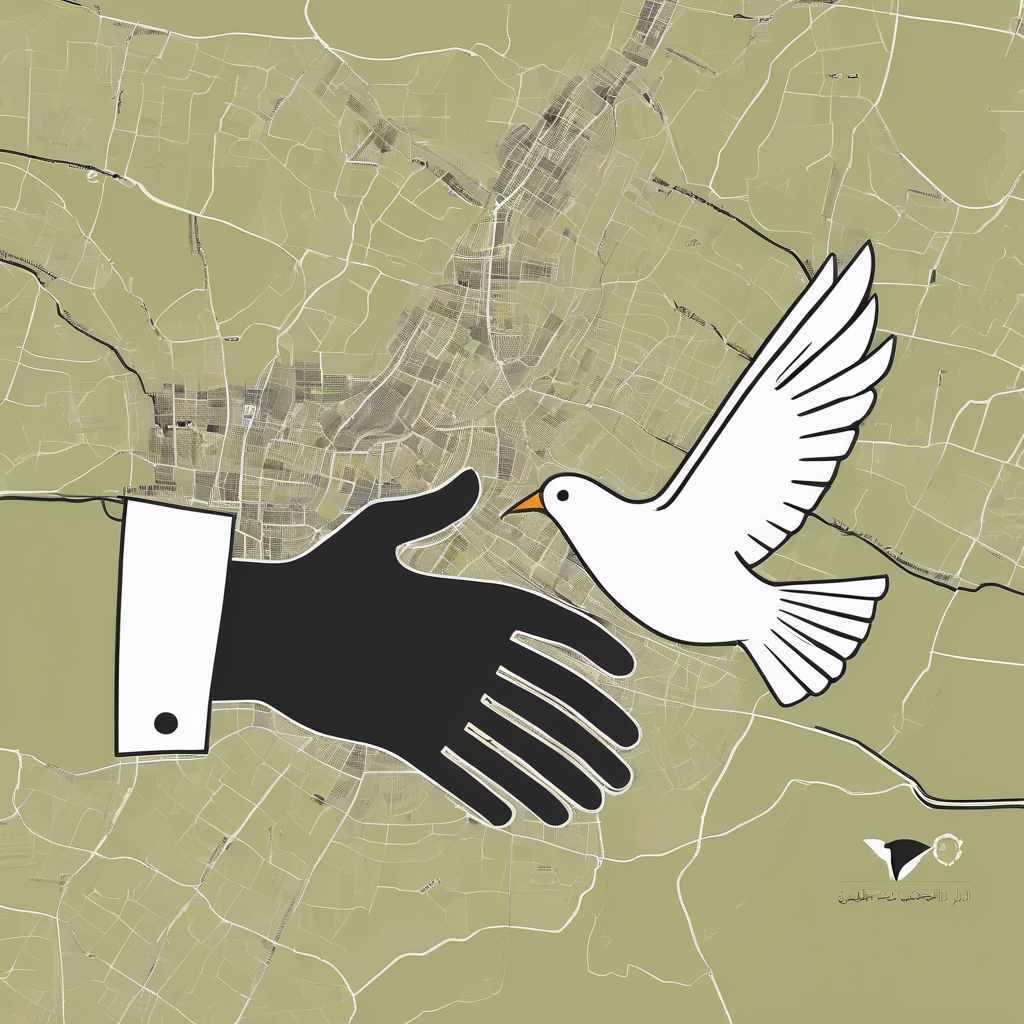President Donald Trump has announced promising advancements in a U.S.-sponsored peace initiative aimed at resolving the prolonged conflict in Gaza. After a discussion with Israeli Prime Minister Benjamin Netanyahu at the White House, Trump revealed that the parties are nearing a comprehensive peace agreement that could potentially stabilize the region. However, the success of this plan largely depends on Hamas’s acceptance, as Israel is prepared to have full U.S. backing should the militant group reject the proposal.
The peace plan presents a multi-pronged strategy, including an immediate ceasefire, an exchange involving hostages held by Hamas with Palestinian prisoners detained by Israel, a phased withdrawal of Israeli forces from Gaza, the disarmament of Hamas, and the management of Gaza by an international body during a transitional period.
While Trump’s meeting aimed to solidify Netanyahu’s support for the plan, several uncertainties persist, chiefly concerning the establishment of a Palestinian state and the role of the Palestinian Authority in post-conflict administration. These aspects highlight the challenges of achieving enduring peace in the area.
This initiative emerges from a series of efforts led by Trump’s administration, featuring strategic talks with numerous regional stakeholders, including mediators from Qatar and Egypt. These discussions seek to address humanitarian issues intensified by the war, which has caused significant loss of life and immense suffering among the Palestinian population.
The plan reflects insights gained from past negotiations, focusing on the intricate balance needed to fulfill both military goals and humanitarian needs. While obstacles remain, such as Hamas’s conditions for Israeli withdrawal and halting military operations, ongoing discussions inspire cautious optimism for a viable resolution.
The dire humanitarian situation in Gaza continues to underline these diplomatic efforts. With over 56,000 Palestinian casualties reported since the conflict intensified, international mediation may offer pathways toward peace and stability. These efforts highlight a broader commitment to navigating the complexities of Middle Eastern politics while striving for humanitarian relief and long-term peace.
As the peace process unfolds, there is hope that sustained dialogue, supported by global efforts, could indeed lead to a peaceful and stable future, providing much-needed relief to the affected populations in Gaza and the broader region.
